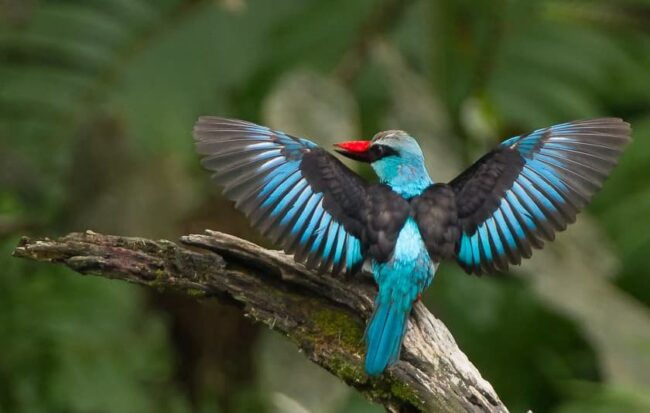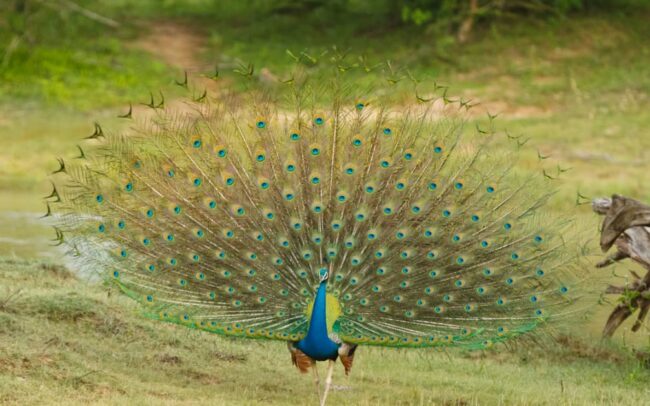Introduction
The tropical paradise of Mauritius is home to a remarkable avian species known as the Mauritius Fody (Foudia rubra). With its vibrant plumage and unique ecological role, this bird holds immense significance. However, due to various threats, the Mauritius Fody has faced a decline in population. In this article, we delve into the world of the Mauritius Fody, exploring its characteristics, the challenges it encounters, and the conservation efforts aimed at safeguarding its future.
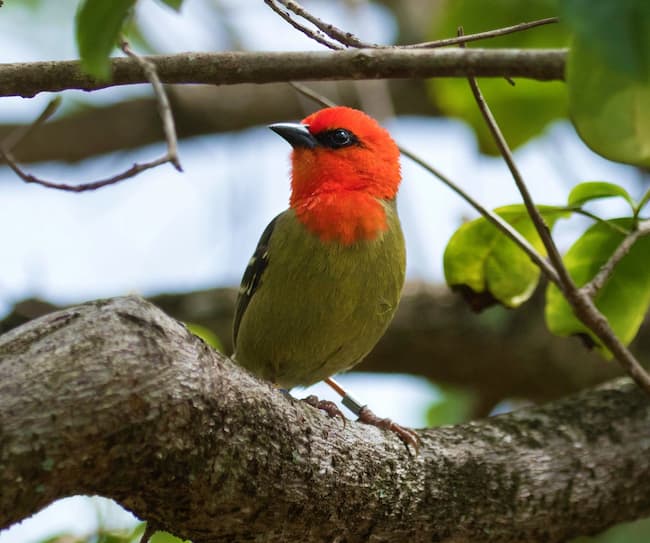
The Mauritius Fody: A Jewel in the Wilderness
2.1 Habitat and Distribution
The Mauritius Fody is endemic to the island of Mauritius in the Indian Ocean. It predominantly inhabits native forests, woodland areas, and coastal
2.2 Physical Characteristics
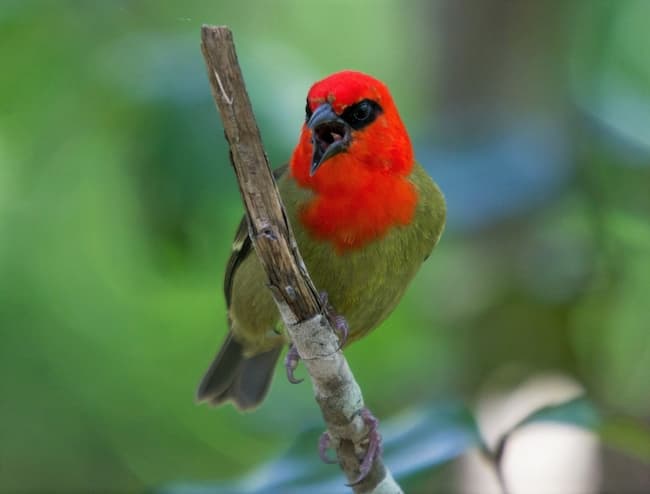
The Mauritius Fody is known for its vibrant plumage, with the male sporting a bright red body and a contrasting black face, wings, and tail. The female, on the other hand, exhibits a more subtle combination of olive-brown and gray tones. Both sexes have a sturdy beak suited for their diet and a melodious song that fills the air.
2.3 Conservation Status
The Mauritius Fody is classified as endangered by the International Union for Conservation of Nature (IUCN). Historically, the species faced severe declines due to habitat loss, predation by introduced species, and other factors. While conservation efforts have shown promise, ongoing work is essential to ensure its long-term survival.
The Decline and Resurgence of the Mauritius Fody
3.1 Historical Background
The Mauritius Fody’s decline can be traced back to the arrival of humans on the island centuries ago. Deforestation, introduced predators, and habitat degradation caused a significant reduction in their population. By the mid-20th century, the species teetered on the brink of extinction.
3.2 Threats to the Mauritius Fody
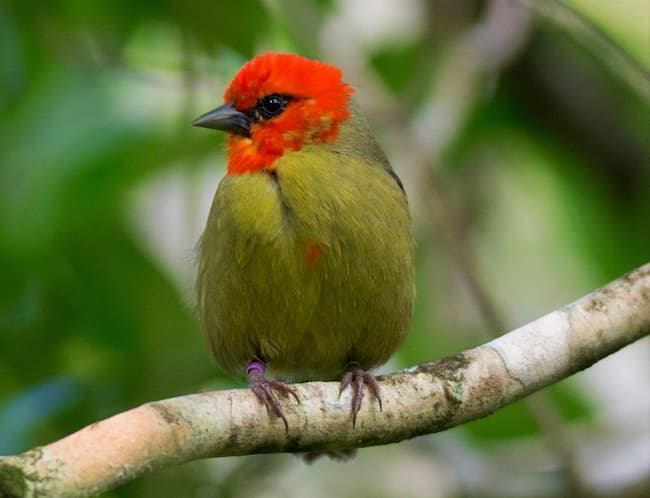
The Mauritius Fody faces several threats, including habitat loss, predation by invasive species such as rats and cats, competition for resources, and cyclones that disrupt nesting and breeding patterns. These factors, combined with their limited range, have put immense pressure on the species.
3.3 Conservation Efforts
Dedicated conservation efforts have been instrumental in saving the Mauritius Fody from the brink of extinction. Conservation organizations and researchers have implemented breeding and reintroduction programs, invasive species control measures, and monitoring initiatives to protect the species and its habitat.
The Significance of the Mauritius Fody
4.1 Ecological Importance
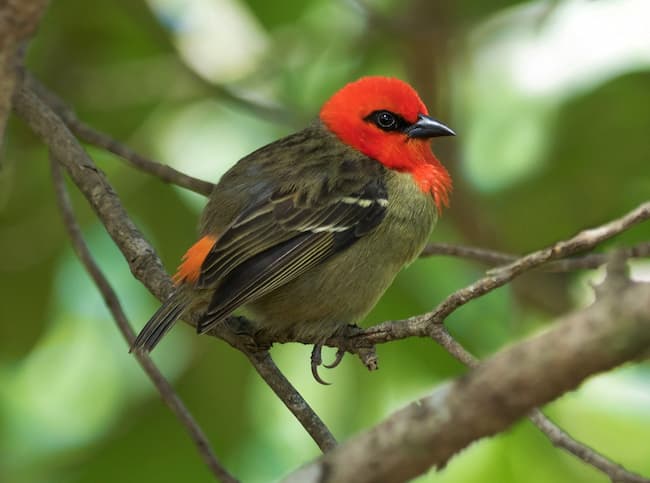
The Mauritius Fody plays a vital role in the ecosystem as a seed disperser. By consuming fruits and dispersing seeds, they contribute to the regeneration of native plants, supporting the overall health and biodiversity of Mauritius’ forests.
4.2 Biodiversity Conservation
Conserving the Mauritius Fody is crucial for the preservation of the island’s unique biodiversity. As an endemic species, its survival ensures the maintenance of the intricate ecological balance and protects other endemic flora and fauna.
4.3 Cultural and Economic Value
The Mauritius Fody holds cultural significance for the people of Mauritius, symbolizing their natural heritage and representing the island’s rich avian diversity. Additionally, the presence of the Mauritius Fody in protected areas has the potential to attract eco-tourism, contributing to the local economy and creating awareness about conservation.
Protecting the Mauritius Fody: A Collaborative Effort
5.1 Conservation Organizations and Research
Conservation organizations and research institutions play a vital role in monitoring the Mauritius Fody’s population, studying its behavior and ecology, and implementing targeted conservation strategies. Their efforts provide crucial insights for effective management and conservation decision-making.
5.2 Habitat Restoration and Management
Restoring and managing the Mauritius Fody’s habitat is crucial for its long-term survival. Efforts focus on controlling invasive species, reforestation initiatives, and habitat protection measures to provide suitable conditions for the birds to breed, forage, and thrive.
5.3 Community Engagement and Education
Engaging local communities is essential in fostering a sense of stewardship and garnering support for conservation initiatives. Community-based education programs raise awareness about the importance of the Mauritius Fody and its conservation, encouraging sustainable practices and local involvement in conservation efforts.
Conclusion
The Mauritius Fody stands as a testament to the resilience and potential for recovery of endangered species. Through collaborative efforts, dedicated research, and community engagement, there is hope for its continued survival. By protecting this unique bird, we preserve the avian heritage of Mauritius and contribute to the conservation of its fragile ecosystems.
FAQs
FAQ 1: Why is the Mauritius Fody considered endangered?
The Mauritius Fody is considered endangered due to historical habitat loss, predation by introduced species, competition for resources, and other factors that have led to a significant decline in its population.
FAQ 2: What are the main threats to the Mauritius Fody?
The main threats to the Mauritius Fody include habitat loss, predation by invasive species, cyclones, and competition for resources.
FAQ 3: How successful have conservation efforts been for the species?
Conservation efforts have shown promising results, with increases in population numbers and successful breeding and reintroduction programs. However, continued efforts are necessary to ensure the long-term survival of the Mauritius Fody.
FAQ 4: Can tourists observe the Mauritius Fody in its natural habitat?
Yes, tourists can observe the Mauritius Fody in its natural habitat, particularlyin protected areas and nature reserves. Local tour operators and guides can provide opportunities for visitors to experience the beauty of this unique bird while adhering to responsible tourism practices.
FAQ 5: How can individuals contribute to the conservation of the Mauritius Fody?
Individuals can contribute to the conservation of the Mauritius Fody by supporting conservation organizations working on the ground, spreading awareness about the species and its conservation needs, practicing responsible tourism, and advocating for stronger environmental protections and habitat preservation. Every small effort counts in safeguarding the future of this endangered avian species.
